Patients are more informed and aware than ever when it comes to their health, which means they are no longer passive recipients of their care. Thanks to the rise of social media and online forums, and there are a growing number of patient advocacy initiatives dedicated to fostering better patient involvement in the design, planning and delivery of health services.
That means pharmaceutical companies are increasingly designing clinical solutions with patients in mind – engaging with patients prior to designing studies, during the protocol development process, and throughout the clinical trial, all the way up until the drug is ready to be released to the market.
As well as improving awareness, knowledge, and communication, advances in medical technology have helped empower those living with long term or rare diseases to have more control over their conditions and spend more time out of the hospital, at home.
There are now more opportunities than ever for big pharma to building meaningful, two-way relationships with Patient Advocacy Groups (PAGs) which are committed to gaining better support for patients at every stage of the clinical journey. When patient voices are listened to and acted on as part of the clinical trial process, recruitment and retention rates increase.
The Role Of Modern Patient Advocacy Groups
The World Health Organisation offers patients access to a database of over 1,000 patient support organisations in the UK alone. The number and accessibility of these groups is only set to rise, as the value and support offered to patients by these organisations becomes increasingly fundamental to their care.
The primary role of Patient Advocacy Groups is to:
- Offer patients advice and support. Following sign-posting from healthcare practitioners and social media communities, patients will usually reach out to Patient Advocacy Groups straight after diagnosis. They are not only seeking practical advice but also emotional support.
- Be a united voice for patients. As well as supporting individual patients to access advice, treatments, and connect with one another, PAGs also campaign to make sure patients’ needs are recognised and that they are heard and supported within healthcare systems and by governments nationally and internationally.
- Provide understanding and empathy. PAGs and their members know what the reality of living life while managing illness is like. This empathy and understanding can be invaluable for patients who don’t have others in their life who understand what they’re going through.
PAGs have a deep and holistic understanding of patients’ needs, concerns, and day-to-day lives. As a result, they can provide highly valuable and directly applicable insight for clinical organisations and HCPs, particularly when it comes to designing and conducting patient-centric clinical trials.
The Role of Social Media in Patient Advocacy
The digital revolution means more information than ever is readily available to patients and their carers regarding the realities and practicalities of living with illness. As a result, many patients now play an active role in researching available medical and alternative treatments and ongoing clinical trials.
Social media has created many communities for patients to reach out to and support one another through shared experiences. Facebook Groups, Twitter hashtag chats and Instagram influencers provide the wider medical community with an unprecedented opportunity to hear patient voices, as well as dedicated forums facilitated by Patient Advocacy Groups.
Through social media listening tools, we can now capture patient sentiment, in a real-world digital environment, in a way that was not previously accessible. Learnings we can gather from evidencing and documenting authentic patient experience are essential for developing truly patient-centric clinical trials.
Top Tips To Build Better Relationships With PAGs
So, how can we use this information to build genuine, valuable relationships between Pharma companies and Patient Advocacy Groups?
- Recognise and respect the important role PAGs play in patient care. The level of practical and emotional support – and therefore the opportunity for insight – offered by these groups cannot be underestimated. Due to the close bonds they form with patients at difficult times in their lives, they are likely to be able to tell us more about the lived patient experience than anyone else. This real-world knowledge is vital for patient-centric clinical trial design and should be listened to.
- Use social media to build relationships. Develop a meaningful presence on your social media platforms by engaging with conversations and communities focused on patient care and key challenges. You can also help to amplify patient and PAG voices by sharing their experiences and insight.
- Nurture your PAG relationships. Some patient groups will be more likely to engage with you than others, but it is your responsibility to make an effort in building and maintaining these relationships. You have to show you genuinely care. Create a process for checking in regularly, having conversations, and involving PAGs in your development of processes and protocols. Giving PAGs a voice in the research and development process and enabling them to take an active role – in a structured way – will be beneficial to both your organisations.
By building genuine and reciprocal relationships with Patient Advocacy Groups, we gain valuable and real insight into what it is like to be a patient affected by an illness or rare disease, and how participating in clinical trials can impact patients’ lives.
The benefits of building and nurturing these relationships are tangible. Patient-centric studies that take patient needs and concerns into consideration have higher uptake, lower dropout rates and, as a result, are more successful than those that don’t put patients first.







